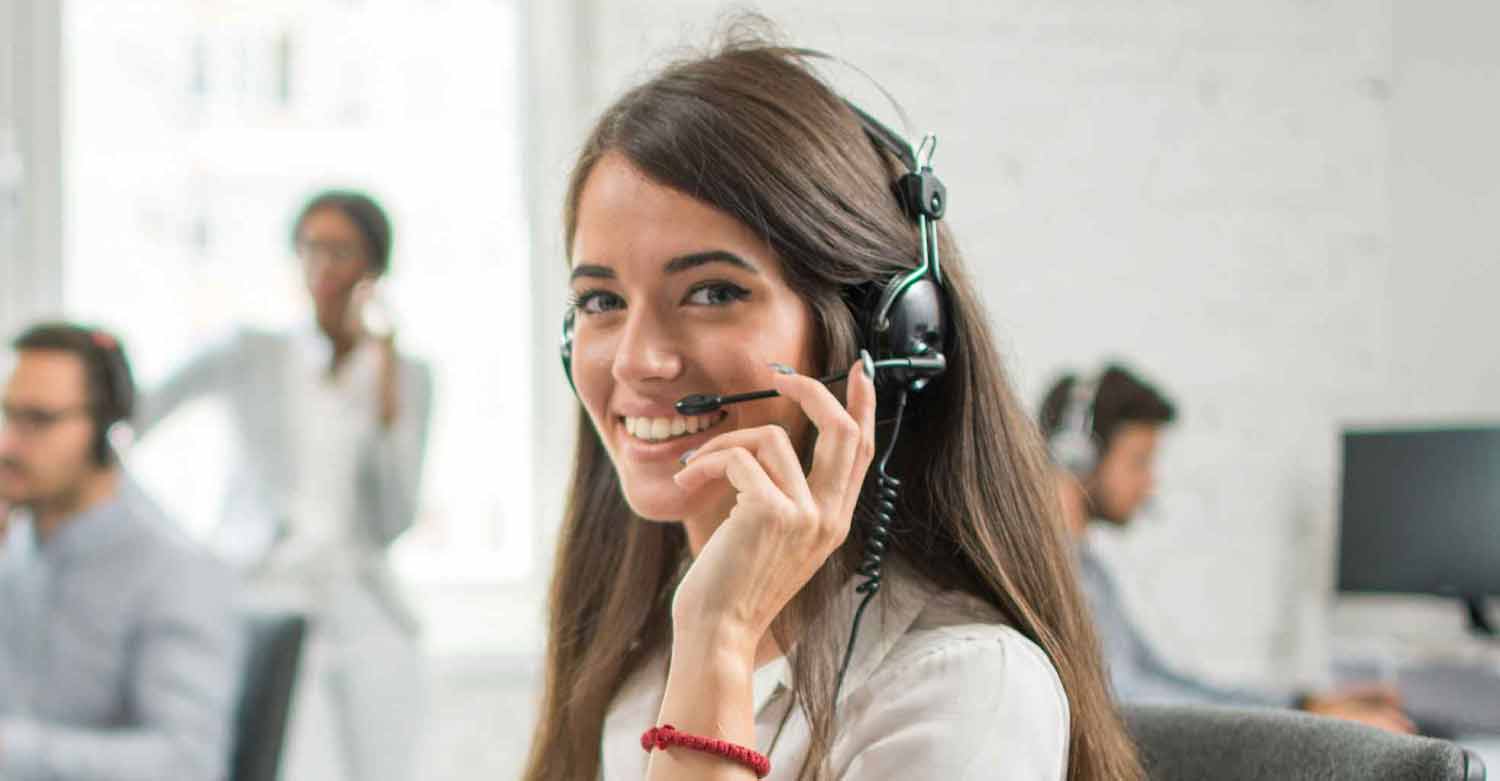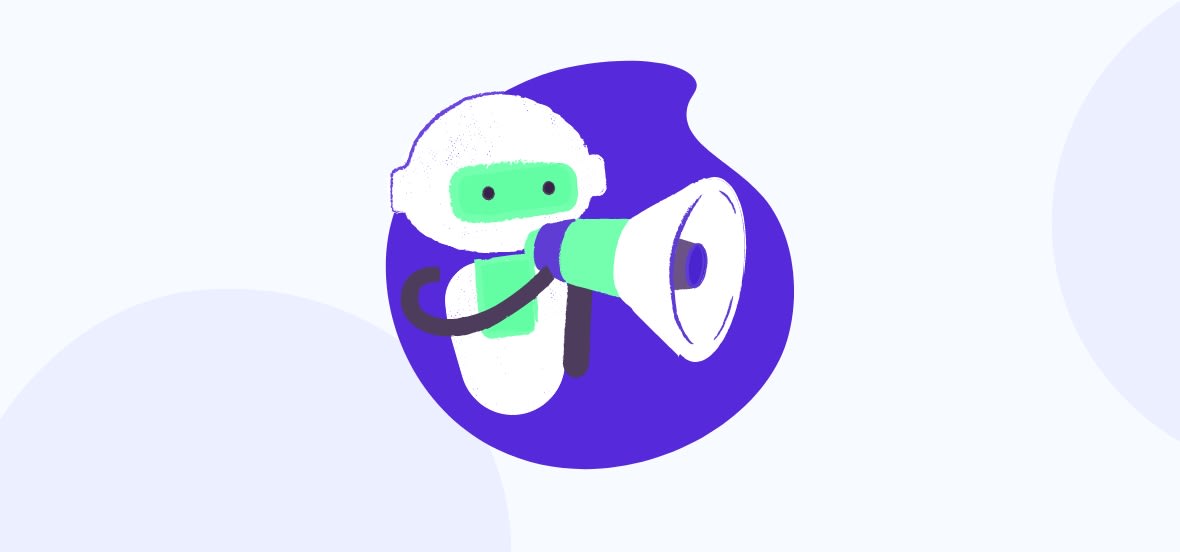All Categories
Featured
Table of Contents
- – When Are The Best Live Answering Services - Aus...
- – What Do Outsource Answering Service Company Sr...
- – What Does Discover How To Set Up A Call Answer...
- – What Is The Best Answering Service Faqs - Que...
- – Best Phone Answering Service - Intelligent Of...
- – What Are The Top 10 How Much Does An Answeri...
When Are The Best Live Answering Services - Australia Deals
This gadget and its successors were developed by Sava Jacobson, an electrical engineer with a private consulting business. While early voice mail utilized magnetic tape technology, most contemporary devices uses strong state memory storage; some gadgets utilize a mix of both, with a solid-state circuit for the outbound message and a cassette for the inbound messages.
"toll saving" listed below) (reception services). This is beneficial if the owner is evaluating calls and does not wish to consult with all callers. In any case after going, the calling party must be notified about the call having been responded to (for the most part this begins the charging), either by some remark of the operator, or by some greeting message of the TAD, or dealt with to non-human callers (e.
This holds particularly for the Littles with digitally stored greeting messages or for earlier devices (prior to the increase of microcassettes) with an unique endless loop tape, different from a 2nd cassette, dedicated to recording. There have actually been answer-only devices without any recording capabilities, where the welcoming message had to inform callers of a state of current unattainability, or e (virtual telephone answering service).
What Do Outsource Answering Service Company Sri Lanka Services Include?

about schedule hours. In tape-recording Littles the welcoming generally includes an invitation to leave a message "after the beep". A voice mail that utilizes a microcassette to tape-record messages On a dual-cassette answerphone, there is an outgoing cassette, which after the specified number of rings plays a pre-recorded message to the caller.

Single-cassette answering devices contain the outbound message at the start of the tape and inbound messages on the staying area. They first play the announcement, then fast-forward to the next offered area for recording, then tape-record the caller's message. If there are lots of previous messages, fast-forwarding through them can trigger a substantial delay.
This beep is typically described in the welcoming message, requesting that the caller leave a message "after the beep". Littles with digital storage for the recorded messages do disappoint this delay, of course. A little bit may use a remote control center, where the answerphone owner can call the house number and, by entering a code on the remote telephone's keypad, can listen to taped messages, or delete them, even when far from home.
What Does Discover How To Set Up A Call Answering Service With A 7- ... Cost?

Therefore the maker increases the variety of rings after which it answers the call (usually by 2, resulting in 4 rings), if no unread messages are currently stored, however answers after the set number of rings (generally two) if there are unread messages. This allows the owner to learn whether there are messages waiting; if there are none, the owner can hang up the phone on the, e.
Some makers also enable themselves to be from another location activated, if they have actually been changed off, by calling and letting the phone ring a particular a great deal of times (generally 10-15). Some provider abandon calls currently after a smaller sized variety of rings, making remote activation impossible. In the early days of TADs a special transmitter for DTMF tones (dual-tone multi-frequency signalling) was regionally needed for push-button control, considering that the formerly employed pulse dialling is not apt to convey appropriate signalling along an active connection, and the dual-tone multi-frequency signalling was executed step-by-step.
Any incoming call is not recognizable with regard to these homes in advance of going "off hook" by the terminal equipment. So after going off hook the calls must be changed to suitable devices and just the voice-type is immediately available to a human, however maybe, however should be routed to a TAD (e.
What Is The Best Answering Service Faqs - Questions & Answers Software?
What if I informed you that you do not need to really get your gadget when addressing a consumer call? Another person will. So convenient, best? Responding to telephone call does not need someone to be on the other end of the line. Efficient automated phone systems can do the technique simply as effectively as a live agent and sometimes even better.
An automatic answering service or interactive voice reaction system is a phone system that interacts with callers without a live individual on the line - business answering service. When business use this technology, clients can get the answer to a question about your company just by utilizing interactions set up on a pre-programmed call flow.
Although live operators upgrade the customer support experience, lots of calls do not require human interaction. An easy documented message or directions on how a client can obtain a piece of info typically resolves a caller's immediate need - virtual answering service. Automated answering services are a basic and efficient way to direct incoming calls to the ideal individual.
Best Phone Answering Service - Intelligent Office Showroom Near Me
Notice that when you call a business, either for support or product questions, the very first thing you will hear is a pre-recorded voice welcoming and a series of choices like press 1 for client service, press 2 for queries, and so on. The pre-recorded options branch off to other choices depending on the client's selection.
The phone tree system helps direct callers to the best person or department using the keypad on a cellphone. In some instances, callers can use their voices. It deserves noting that auto-attendant alternatives aren't limited to the 10 numbers on a phone's keypad. When the caller has actually chosen their very first option, you can create a multi-level auto-attendant that utilizes sub-menus to direct the caller to the right kind of support.
The caller does not have to interact with a person if the auto-attendant phone system can handle their issue. The automatic service can route callers to a staff member if they reach a "dead end" and require help from a live agent. It is pricey to hire an operator or executive assistant.
What Are The Top 10 How Much Does An Answering Service Cost In 2023??
Automated answering services, on the other hand, are substantially less costly and supply significant expense savings at an average of $200-$420/month. Even if you don't have devoted staff to deal with call routing and management, an automatic answering service enhances performance by enabling your group to focus on their strengths so they can more effectively invest their time on the phone.
A sales lead routed to client service is a lost shot. If a client who has product questions reaches the wrong department or gets insufficient responses from well-meaning employees who are less trained to deal with a particular type of question, it can be a reason for disappointment and frustration. An automated answering system can minimize the number of misrouted calls, therefore helping your staff members make better usage of their phone time while releasing up time in their calendar for other jobs.
With Automated Answering Systems, you can create a tailored experience for both your staff and your callers. Make a recording of your main welcoming, and simply update it frequently to show what is going on in your company. You can create as numerous departments or menu choices as you desire.
Table of Contents
- – When Are The Best Live Answering Services - Aus...
- – What Do Outsource Answering Service Company Sr...
- – What Does Discover How To Set Up A Call Answer...
- – What Is The Best Answering Service Faqs - Que...
- – Best Phone Answering Service - Intelligent Of...
- – What Are The Top 10 How Much Does An Answeri...
Latest Posts
Live Phone Answering – South East Queensland
Fast Live Phone Answering
Affordable 24/7 Answering Service
More
Latest Posts
Live Phone Answering – South East Queensland
Fast Live Phone Answering
Affordable 24/7 Answering Service